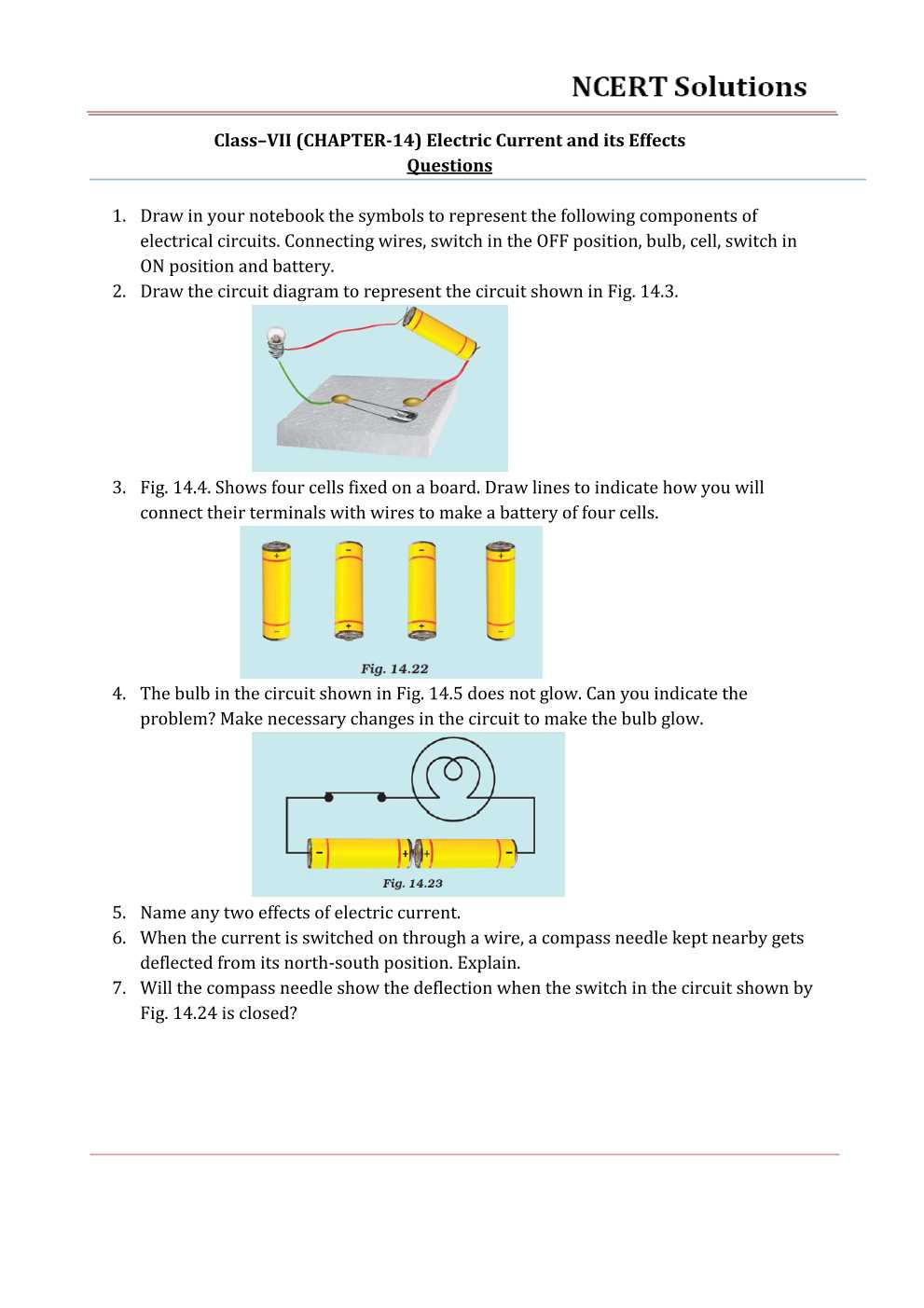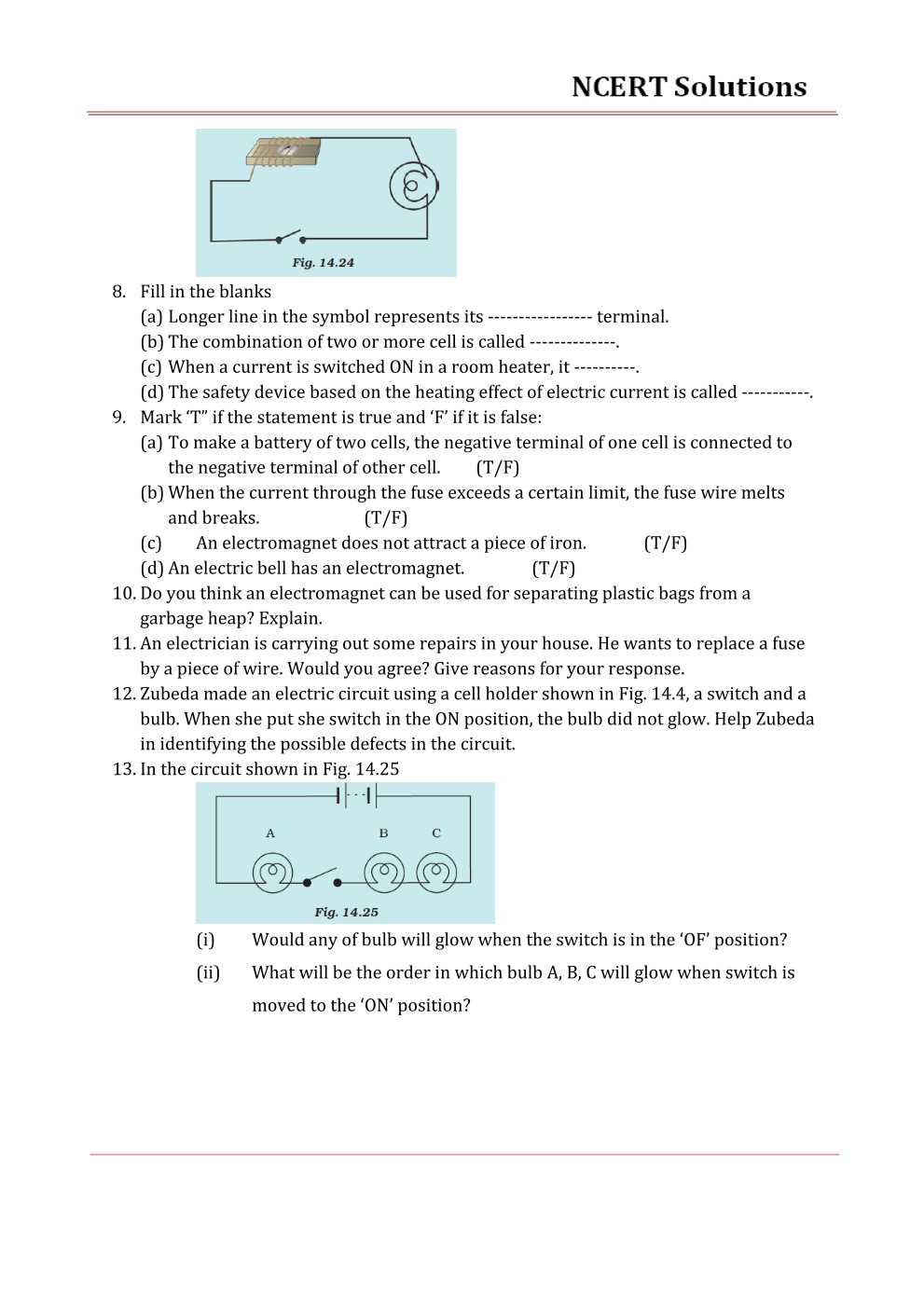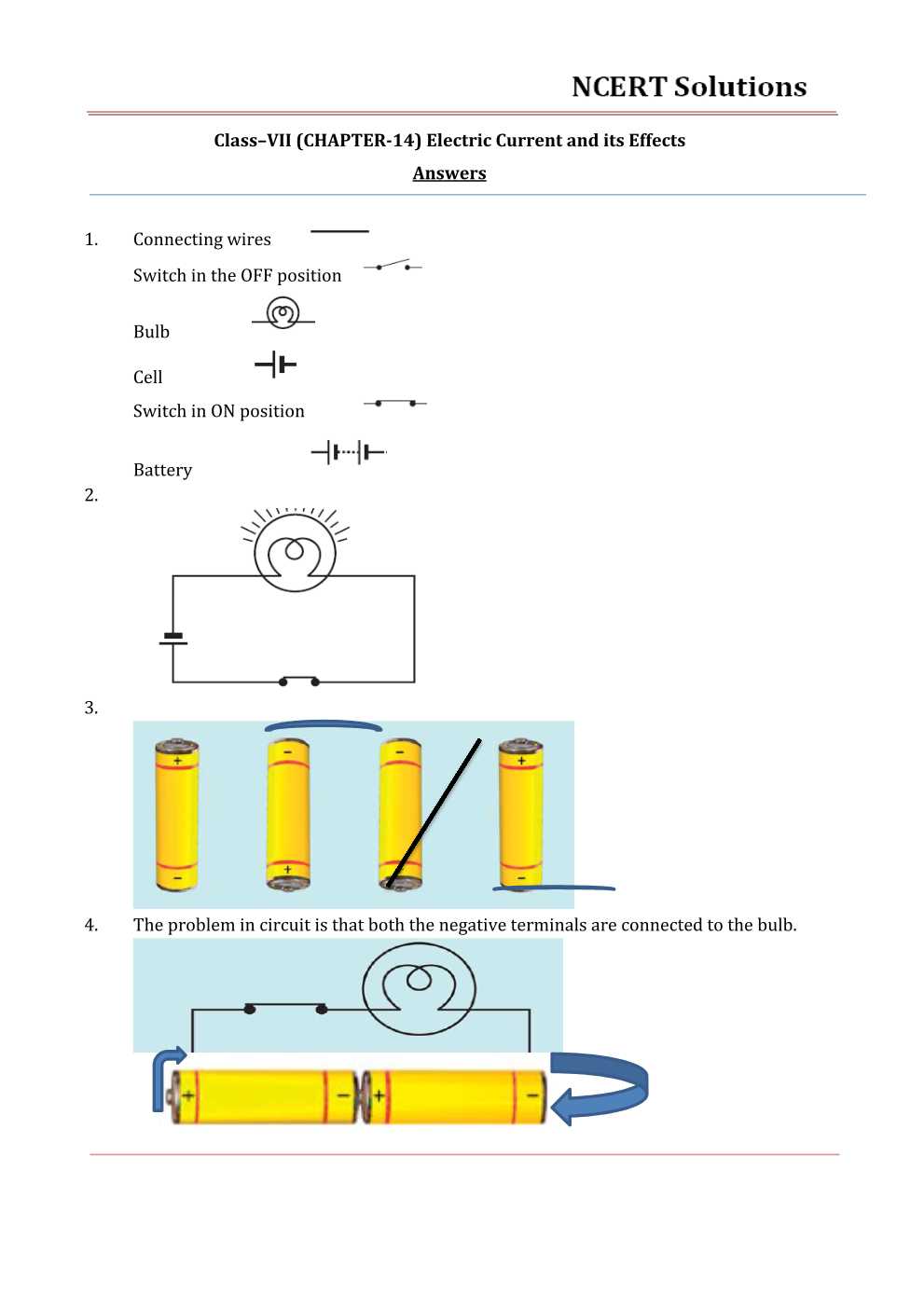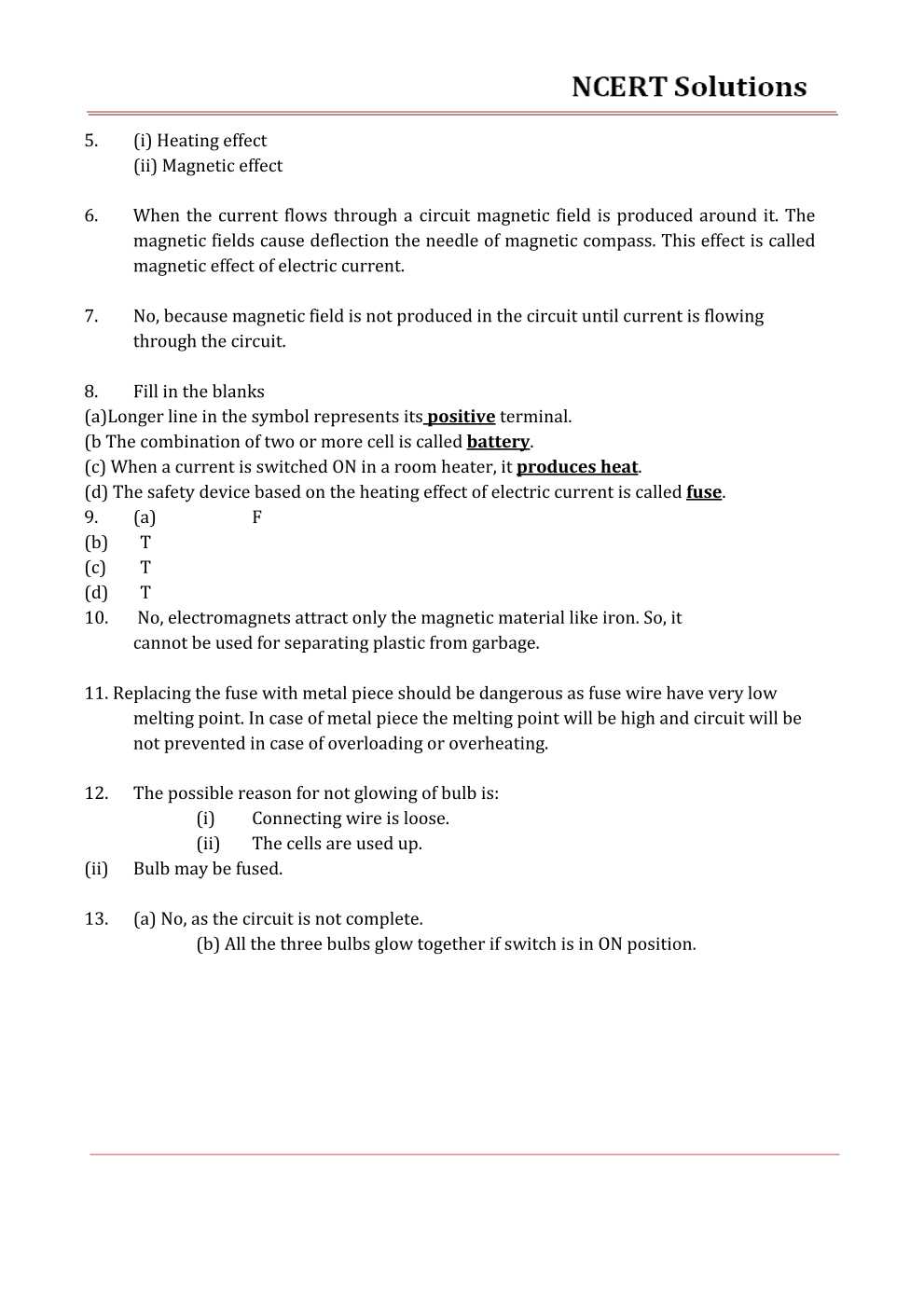NCERT Solutions
NCERT Solutions For Class 7 Science Chapter 14
NCERT Solutions for 7 Class Science Chapter 14 - Electric Current and its Effects
NCERT Solutions for 7 Class Science Chapter 14 Electric Current and its Effects are available here. While students insist on the most comprehensive and comprehensive NCERT solution for 7 class Science, we have developed a step-by-step solution with detailed explanations at ExamExxpert. For students who want to get good marks in Science, we advise them to go through these solutions and strengthen their knowledge.
Download Chapter: 14 in Pdf




NCERT Solution for class 7 Science Chapter 14 in Pdf Download
You can download Ncert Solutions for class 7 science pdf and use it anywhere without an internet connection at your convenience. With the help of NCERT Science Solutions for 7th grade covering every chapter on this page. The best way to refer to NCERT Solutions for Class 7 Science is to quickly and efficiently solve all Class 7 Science questions. Want to help your friends get good scores? Share the link to this page with them and send them out of NCERT Solutions and excel in 7 Class science. You can view all the chapter-by-chapter details before referring to the Class 7 Science NCERT solution.
Chapter 14: Electric Current and its Effects
This chapter is about symmetry. Symmetry means that when you bend, turn, turn, or slide in some way, one shape becomes like the other. For two objects to be symmetrical, they must be of the same size and shape, with one object already having a different orientation. An object may also have a face-like symmetry. The topics covered in this chapter are the symmetry lines of the general polygons, rotation symmetry, line symmetry, and rotational symmetry.